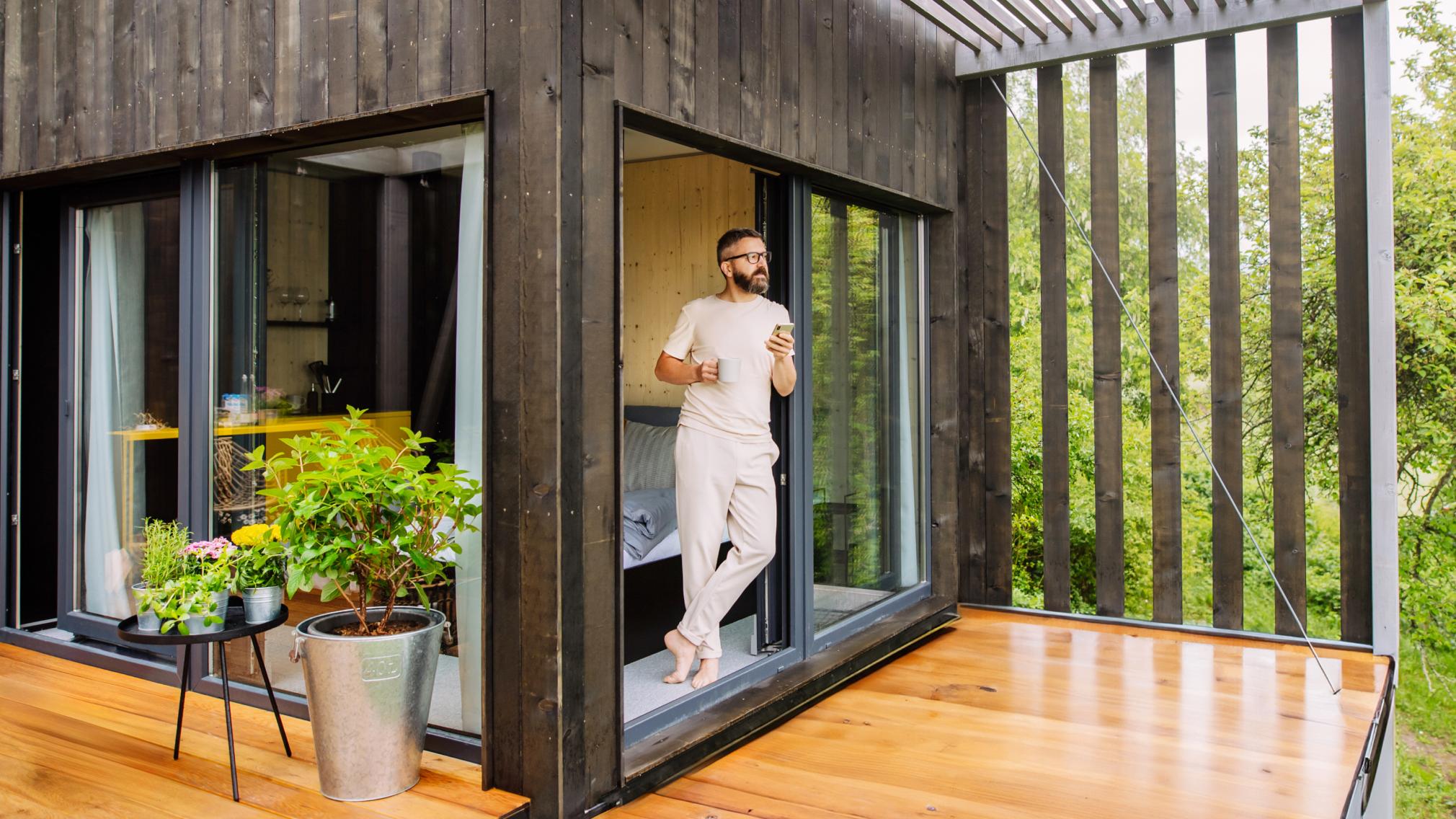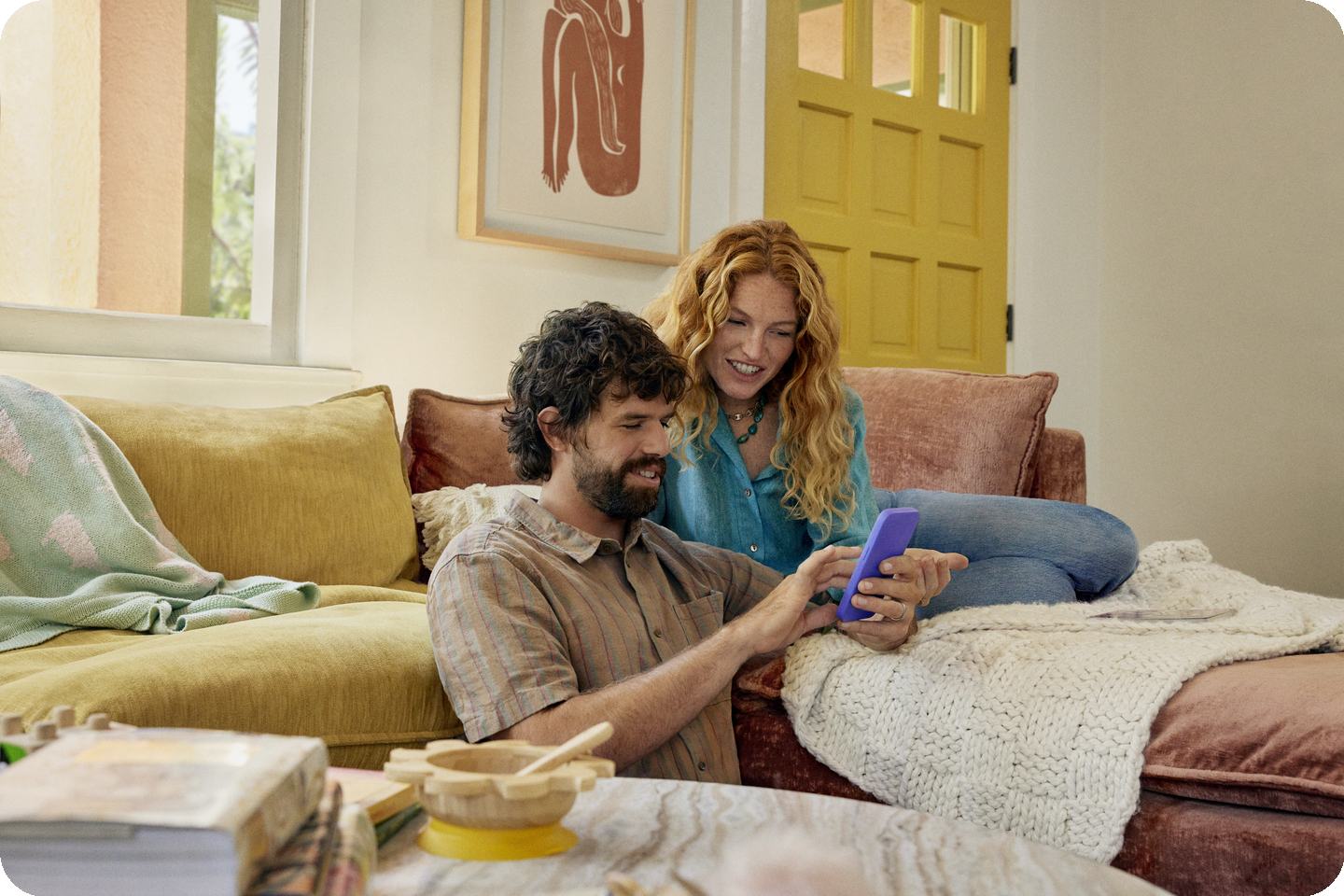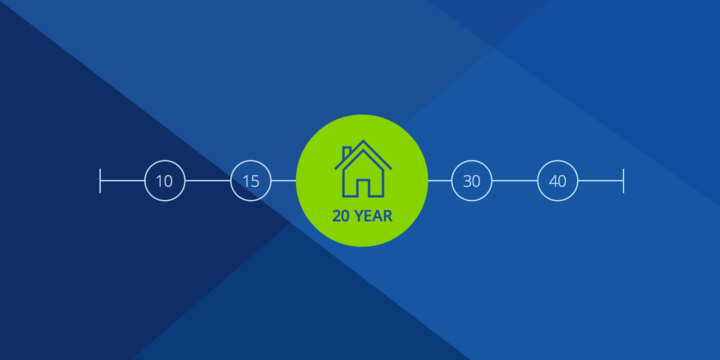When It Might Make Sense to Buy Down Your Interest Rate
Paying a fee to lower your interest rate could make sense if you plan to stay in your home for a long time or want lower payments in the beginning.


Written by Susan Kelleher on March 20, 2024
Home buyers looking for ways to bring down their monthly mortgage costs have embraced mortgage rate buydowns and discount points in recent years, strategies that can make home ownership more affordable or help you qualify to buy a more expensive home. A buydown involves paying a fee to lower your interest rate, which could make sense if you plan to stay in your home for a long time or want lower payments in the early years of your loan.
Understanding rate buydowns — what they are and how they work — can help you determine whether you might benefit from one.
Can I pay to lower my interest rate?
There are two ways to buy a lower mortgage interest rate from a lender. The first is a "mortgage rate buydown” or mortgage buydown, where you pay a fee to the lender upfront to temporarily lower your interest rate for the first few years of the loan. Temporary buydowns cannot help the borrower apply for a higher mortgage than they'd typically qualify for.
The second involves buying “mortgage points” or “discount points," where you pay the lender a one-time fee at closing to lower the rate for the entire term of the loan.
How do you buy down your interest rate?
A lender will quote you a mortgage interest rate that is based on the type of loan you’re getting, your credit score, income and other personal financial information. You can choose to pay a fee to the lender to buy “points”, which will lower the rate for the life of the loan. You also can buy down the rate temporarily with a rate buydown. Here’s how each works:
Temporary mortgage rate buydowns
With mortgage rate buydowns, you pay a fee to temporarily lower the interest rate at the start of your mortgage, typically for one to three years. This fee is part of your loan closing costs. There are different types of buydown structures to consider:
- 1-0 buydown: Your rate is 1% lower for the first year of the loan, and then increases to the higher base rate for the rest of the loan term.
- 2-1 buydown: Your rate is 2% lower the first year, and 1% lower the second year before ticking up to the higher rate.
- 3-2-1 buydown: This one is less common because the upfront costs are higher. It works like the other temporary buydowns, lowering the rate by 3% the first year, 2% the second and 1% the third.
You can talk with your lender about the options for lowering the interest rate you qualify for. You also can negotiate with the seller or builder to pay for the rate buydown as a concession to help close the sale.
Mortgage point buydowns
With mortgage points — also called discount points — you pay your lender a one-time fee at closing to lower the interest rate for the duration of the loan, typically 30 years. This fee is part of your loan closing costs.
How much does it cost to buy down a mortgage rate?
Temporary buydowns
The cost of a temporary buydown depends on the base interest rate and the loan amount. For example, a 2/1 buydown on a $400,000 mortgage with a long-term rate of 6.25% would cost about $8,990. The fee amounts to prepaid interest or what you would have paid at the higher rate for two years.
Discount points or permanent buydowns
For mortgage or discount points, buying one point usually costs 1% of the total loan amount. One point usually lowers your rate by 0.25%, but that can vary among lenders.
For example, let’s say a lender offered you a $300,000 loan with an interest rate of 6.5%. If you wanted to permanently lower that rate to 6.25%, you would buy one point, paying $3,000 – or 1% of the total loan amount – at closing for the lower rate.
For more details on how rates are determined, see this article.
Who can buy down a mortgage rate?
You’re eligible to buy down your interest rate if you’re purchasing a primary home or a second home, or if you’re refinancing either of those homes without cashing out equity. Investment properties and cash-out refinances are not eligible for temporary rate buydowns.
The federal Consumer Financial Protection Bureau found that nearly 59% of buyers who bought their home with a mortgage, and nearly 89% of homeowners who refinanced their mortgages bought down their interest rate in 2023, a year when rates surged from historic lows.
The analysis showed that the typical buyer that year paid for 1 point, and that buyers with lower credit scores paid points more often than buyers with higher scores.
You can pay to buy down the rate yourself, or have your agent negotiate with the seller or builder to buy down the rate as a condition of the sale. A lender may also help you buy a temporary rate reduction, but you would still have to qualify for the prevailing rate. Lenders do not pay for permanent rate buydowns.
When you could benefit from buying down your mortgage rate
According to the Consumer Financial Protection Bureau, “most borrowers only benefit from discount points if they keep their mortgage long enough that the cumulative monthly savings from the reduced interest rate outweigh the upfront costs. … Borrowers who plan to keep their mortgage for a long time and have cash on hand may find it advantageous to pay discount points. However, discount points are less useful for cash-strapped borrowers and those who expect to refinance or move in the near future.”
To determine whether buying down your rate (aka “paying points”) makes sense, you have to calculate how long it takes your monthly interest cost savings to cover the cost of the points.
In the above example, where you’re borrowing $300,000, the lender is offering you a 6.5% rate with no points on a 30-year fixed-rate mortgage. Under that scenario, your monthly payment would be $1,517 in principal and interest.
If you pay 1 point to lower the rate to 6.25%, the monthly payment would drop to $1,478 — a savings of $39 a month. So basically, you’d be paying $3,000 — the equivalent of 1 percent of the loan amount — to save $39 a month or $468 a year. If you stayed in the house for 6.4 years, the buydown would pay for itself and continue to save you $468 in mortgage payment every year for the next 23.6 years.
If you move before the buydown pays for itself, you would have paid more. If you stay in the home for 30 years, the savings on interest alone would total $14,128.
The pros and cons of buying down your interest rate
Pros
- You save money by lowering your monthly payment
- Permanent buydowns, like discount points, could help you qualify for a larger loan
- You might be able to reduce the cost of buying down the rate on your taxes if you itemize deductions
- The lower rate on q permanent buydown could help you qualify for the mortgage by lowering your debt-to-income ratio, one of the measures lenders use to assess your creditworthiness
Cons of a permanent buydown
- You have to bring more money to the closing unless the seller or builder is paying for it as a concession
- Your monthly mortgage payment will increase if you opt for one of the temporary buydowns
- It might not pay off if you sell your home before you break even
- If you’re asking a seller or builder to pay for a temporary buydown, you might be giving up other concessions, such a discounted purchase price or paying a larger share of closing costs, that could be more valuable to you.
- You may not be able to recover the cost of a buydown if interest rates are in decline and you refinance the loan before the break-even point.
How to get a mortgage rate buydown
Talk to a loan officer and your agent. Not every lender offers temporary mortgage buydowns. Those that do set their own terms and conditions, and may not offer them on every loan type.
Interest rates vary among loan types so the amount you could save will depend on the type of mortgage you’re considering. Also, some federally funded programs restrict buydowns on some loans, so be sure to talk to your loan officer about your options.
When you find a lender, such as Zillow Home Loans, that offers rate buydown, you will still have to qualify for the mortgage. Temporary buydowns revert to the starting rate, so you want to make sure you can afford that.
How to pay for a mortgage rate buydown
Pay out of pocket
If you opt to pay out-of-pocket, the fee will be in addition to the down payment, pre-paid taxes, insurance and other costs and fees you’ll have to pay when the sale is finalized at closing.
Negotiate with the seller or builder
If you’re in a market that favors buyers — or if you’re buying new construction — you can ask the seller or builder to pay for the rate buydown at closing.
Bump up the offer price to pay for the buydown
This tactic is most effective in markets that favor buyers, or when you’re negotiating for a home that hasn’t sold as quickly as expected. With this tactic, you and your agent would craft an offer over the list price and ask the seller to credit that money back so you can buy down the interest rate at closing. In effect, you’re spreading the cost of the buydown over the life of the loan.
This strategy is riskier since it requires the home you’re considering to appraise at the higher amount.
Takeaway
If you think a rate buydown could benefit you, talk to a loan officer to understand your financial picture and the options available to you
How much home can you afford?
At Zillow Home Loans, we can pre-qualify you in as little as 5 minutes, with no impact to your credit score.
Zillow Home Loans, NMLS # 10287. Equal Housing Lender
Get pre-qualifiedHow much home can you afford?
See what's in reach with low down payment options, no hidden fees and step-by-step guidance from us at
Zillow Home Loans.
Zillow Home Loans, NMLS # 10287. Equal Housing Lender
Calculate your BuyAbility℠
Related Articles
Get a mortgage with Zillow Home Loans
Go from dreaming to owning with low down payment options, competitive rates and no hidden fees. A dedicated loan officer will guide you until you have your keys in hand.

Zillow Home Loans, NMLS #10287. Equal Housing Lender.



